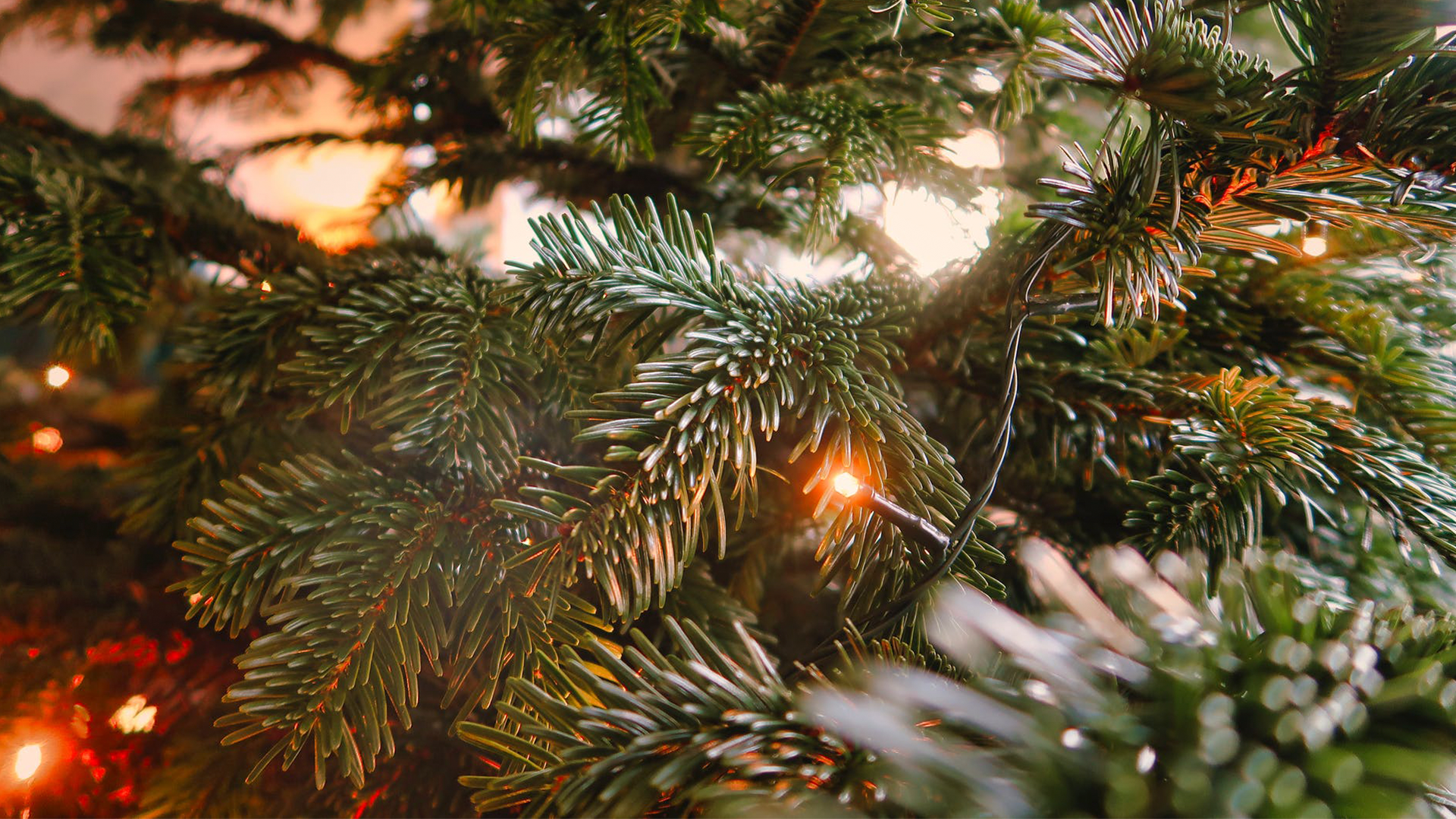After all, spruces and firs are hosts to a wide range of life. They are large, offer a variety of microclimates and have many different structures, such as bark, needles, buds and pinecones. In the outdoors, the best-known tree residents are birds. In North American spruce trees, for example, yellow-rumped warblers forage in the lower part, while chestnut warblers occupy the middle and Cape May warblers inhabit the top. When the spruces are taken out of the field in early December and put up for sale at the Christmas tree stands, these birds tend to quickly vacate the trees.
Smaller, less visible creatures also occur in large numbers on trees, as these are crawling with bugs, beetles, cicadas, aphids and butterflies. Many have very poetic names in Dutch, such as the letterzetter (‘typographer'), which we know as the European spruce bark beetle; the bladpootrandwants (‘leaf-footed bug’), which we call the Western conifer seed bug; and the dennenuil (‘pine owl’), which is not a nocturnal bird, but a colourful moth known in English as the pine beauty. Most butterflies have a specific host plant, a certain tree or bush on which the eggs are laid and caterpillars grow. For example, the pine cosmet (Batrachedra pinicolella) mainly lives on the Norway spruce. From September to May, the caterpillar of this moth crawls over twigs and feeds on needles. In May, the caterpillar pupates and subsequently flies around as an imago (the adult stage of a moth) from May to September. The adult moth lays its eggs on a Norway spruce and the cycle repeats itself. Bark beetles such as the European spruce bark beetle also make their home on the Norway spruce, burrowing their way through the bark. During extremely dry summers, which are very tough on Norway spruces, this species can devastate huge swaths of a forest. Snails can also be found in trees sometimes, mainly to escape heat and dehydration.
But the most forgotten group of tree residents is the microorganisms. Just like on our own bodies, a huge collection of microbes lives on and under trees. Together, bacteria, yeasts and soil fungi form the microbiome of a tree. Because of the different circumstances, researchers also use the term rhizobiome. It refers to all of the microbes that live on and around the tree roots. They also use the term phytobiome: all microbes on and in the trunk and leaves. Each of these microbes is indispensable to the tree. In the soil, they provide new nutrients for the tree by breaking down organic material. Microbes in the phytobiome produce growth factors for the plant and form a first line of defence against plant pathogens.
In other words, all kinds of different organisms enrich our home together with the Christmas tree. This is fine – the more the merrier. In the unlikely event that a stray insect decides to explore the living room, simply put it back on the tree or take it outside. After all, the Christmas spirit applies to all life in the Christmas tree – peace on earth and good will to everyone. Great and small.

